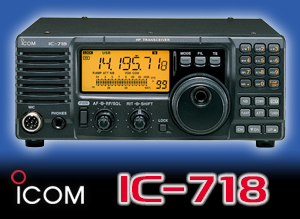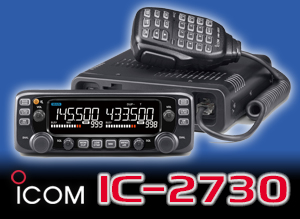Propagation News – 26 May 2024
After the extremely unsettled HF conditions on the 10 and 11 May, it was gratifying to see things returning to normal last week.
The Kp index has returned to being in the range of 1 to 4 and, with a solar flux index still in the 190s, we have seen some good propagation around the world.
But make no mistake – it probably won’t last!
Active region 3664, which was the source of so much mayhem a couple of weeks ago, will soon be returning from its trip around the Sun. It has probably been the source of a major flare while on the Sun’s far side and there is a good chance we may get a repeat performance of last month.
Meanwhile, make hay while the Sun shines!
NOAA predicts that the solar flux index will increase above 200 next week, but unsettled geomagnetic conditions are forecast for tomorrow, the 27 May, and also for the end of the month and early June.
Daytime critical frequencies have been up to between 8 and 9.3MHz, making 40m a good band for inter-G QSOs. These have also meant that the maximum usable frequency over a 3,000km path has often exceeded 24 to 27MHz, making 12m a viable band for DX. Note that this is a little patchy, so if you don’t hear anything on 24MHz just wait a while or check later.
Night time critical frequencies are usually around 6 to 7MHz, meaning 20m is generally open all night with occasional openings on 17m as well.
We are also now well into the Sporadic-E season so there should be lots of short-skip into Europe on the 12 and 10m bands to play with.
VHF and up
The end of the current week, in the lead-up to the bank holiday weekend, shows a low and its thundery rain moving north and leaving behind a slack area of pressure with a weak trend towards building a ridge over the country.
The bulk of next week is showing up with a slack westerly pattern and weak fronts brushing past. From midweek, and towards next weekend, the frontal systems will be more active with longer periods of heavier rain possible.
The end result for most VHF and up operators is that there may be some occasional Tropo events, especially overnight during the slacker period with the weak ridge over the country by the start of the weekend.
A more likely option will again be rain scatter which will produce better scattering from the larger raindrops now the summer season is upon us, and thundery developments are more common. Check the many online weather radars for your tracking beam headings.
Meteor scatter will also be worth considering since we are approaching the period when many lesser showers appear to pep up the background meteor count. This will obviously be useful for meteor scatter operators, but also serve the Sporadic-E folk well.
The solar activity continues to deliver random events which take the Kp index to high values. Remember that a Kp index greater than 5 indicates the chance of aurora propagation.
The primary mode at this time of the year is Sporadic-E. The late May and early June period is often regarded as a peak time for monitoring your favourite VHF beacons. As many will know, the 10m band is a useful starting point for identifying the beginning of an opening, and then check the higher bands in turn as the event strengthens. This is often indicated by the skip distance shortening on the 10m band.
The other basic operating tip is to use the daily blog on the Propquest.co.uk website for commentary on the effectiveness of the various upper air patterns such as jet streams, which can influence the location where Sporadic-E propagation occurs.
There are no major meteor showers this week so, in between the Sporadic-E, look around dawn for the best random meteor prospects.
Saturday the 22 June sees the lowest Moon declination of the month, so next week will see lengthening Moon windows. EME path loss is falling, but we are still over a week from perigee, its closest point to Earth. 144MHz sky noise starts the week high, as it reached over 2500 Kelvin on Saturday 25 May. It is low for the rest of the week.
Category: GB2RS Propagation News










